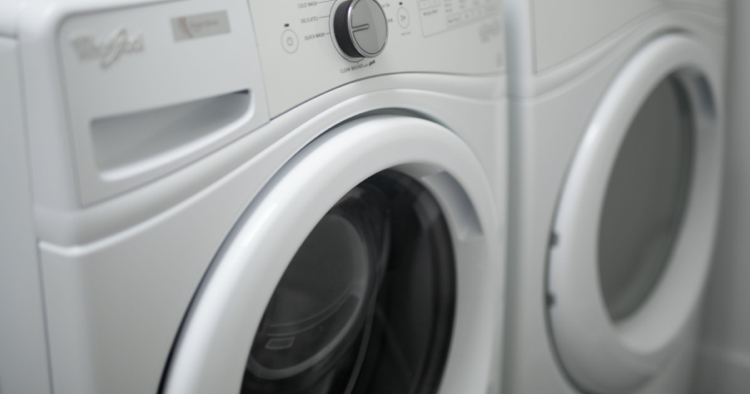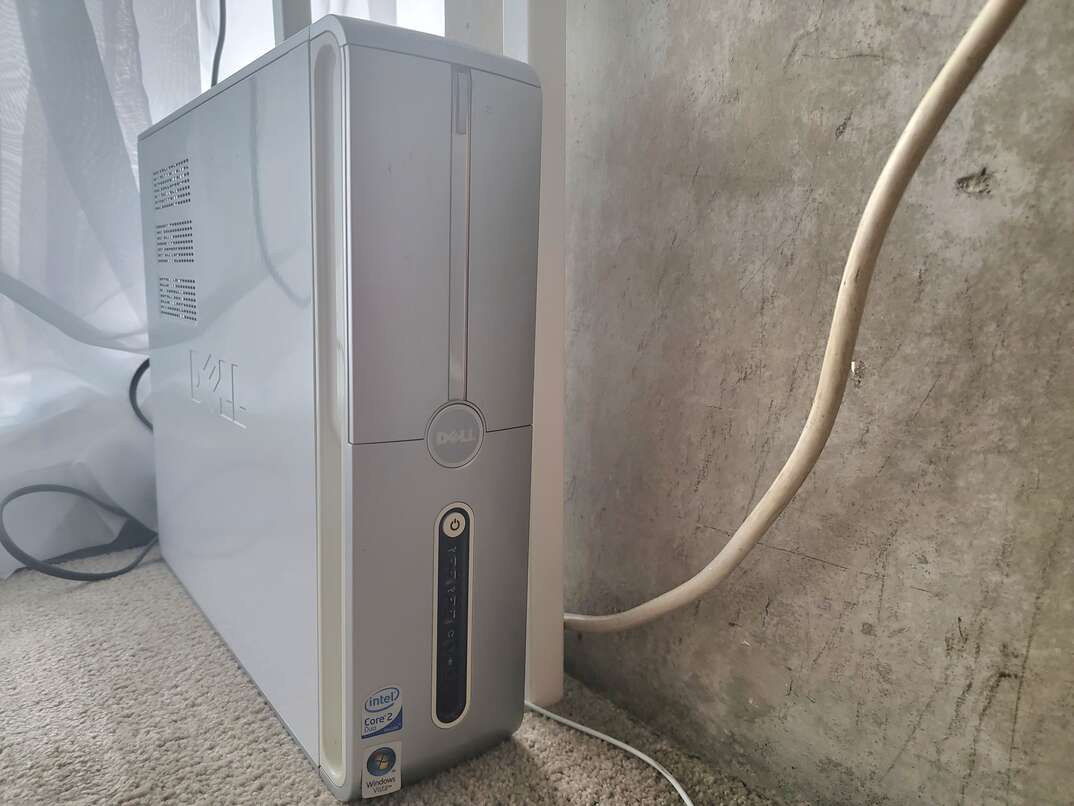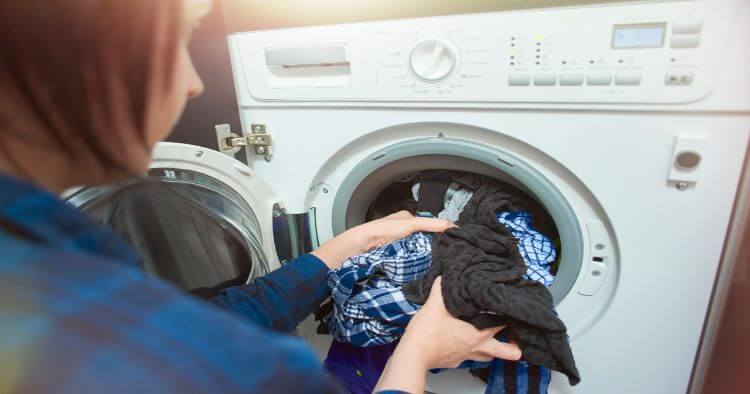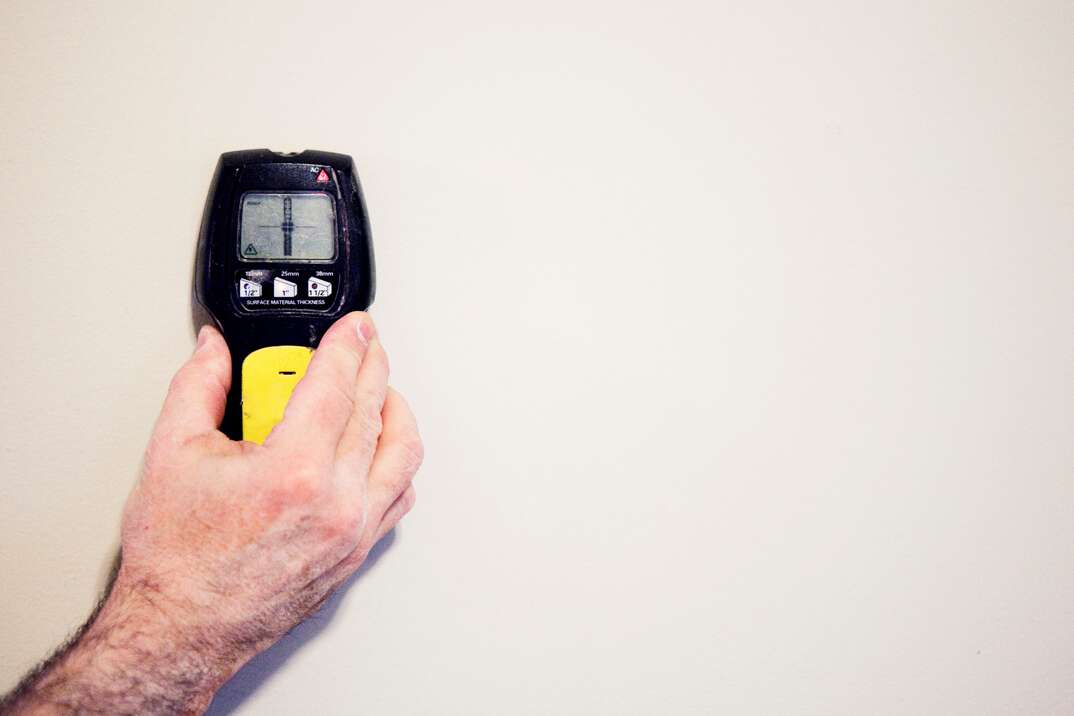How to Clean Your Dryer Vent

Anyone who does a lot of laundry knows how important a well-functioning clothes dryer can be. When you have loads upon loads to do in a day, there's no time to wait around for a lagging dryer cycle.
[1]:
[2]: /en-us/assets/images/blog/HomeServe-CTAsAvailablePlan.jpg
[3]: /en-us/assets/images/blog/HomeServe-CTAsViewPlan.jpg
[![HomeServeAvailablePlan][2]][1]
Dryer vent cleaning can maximize dryer efficiency, leading to shorter drying times and less energy use. Dirty vents mean clothes take longer to dry, requiring more cycles or longer cycles to meet demands. As such, regular vent cleaning is highly recommended.
However, the importance of keeping dryer vents clean goes beyond efficiency: A dryer vent with too much lint build-up can be a fire hazard, threatening the safety of your home. This is what you need to know about when and how often to clean your dryer vent to be avoid costly repairs in the future.
Dryer Vent Cleaning: How to Clean Your Dryer Vent
Cleaning your dryer vent may sound too challenging to accomplish without expert assistance, but you don't need a pro to keep your vents clean.
Step 1
First, locate the connection for your dryer vent at the back of the dryer as well as the exterior point. For best results, you will need to to clean your dryer vent outside in addition to inside.
Step 2
Once you have identified vent locations, unplug your dryer or, if using a gas dryer, disconnect the gas line before getting started. Pull the dryer away from the wall and disconnect the hose attachment from where it's affixed on the back of the dryer. This may require a screwdriver depending on the model of your dryer.
Step 3
Wearing gloves, remove as much lint as you can reach from the opening in the back of the dryer. To clean the inside of the dryer hose, use an upright vacuum or shop vacuum with a hose attachment. If possible, disconnect the dryer hose from the wall to better access both sides of the dryer hose and the inside of the vent itself.
Step 4
Once you have finished cleaning the interior space, locate the exterior vent and remove the vent cover. Vacuum out the exterior opening.
Depending on home construction, a standard vacuum may not be able to sufficiently address lint build up. This can be the case when a dryer hose is too long or there is too much space between the inside and outside ducts. A dryer vent kit might be required under these circumstances. Dryer kits come with long brushes with flexible handles to target hard-to-reach areas.
Step 5
When your vents are as clean as possible, replace the exterior vent cover, reattach the dryer hose, and plug your dryer back in or turn the gas valve back on. Once completed, run it for 10 to 15 minutes on the air-only or fluff setting to make sure all parts are securely connected.
How Often to Clean Your Dryer Vent
How often you will need to clean your dryer vent depends on how often you use your dryer, how consistent you are in cleaning out the lint trap, the dryer make and model and the vacuum hose material.
In general, a full dryer vent cleaning should be on the to-do list around once a year. However, some households may require more regular cleaning than others. For example, a family with many children and significant laundry needs may want to clean out vents several times a year. This is also true for those with older dryers that do not operate as efficiently or with dryer hoses made from vinyl or foil. These materials clog more easily and thus can be greater fire hazards.
It's always better to clean your dryer vents too frequently rather than not enough. If you have any concerns about dryer performance, cleaning your dryer vents is a good first step in identifying issues.
How to Clean Your Dryer Lint Trap
Cleaning a dryer lint trap is far easier than cleaning a dryer vent.
Simply remove the trap from the front of the dryer and remove the lint. Lint traps should be cleaned before each new load. Failure to clean lint traps on a regular basis can cause also cause a home fire.
Regular lint trap cleaning can reduce the frequency with which you need to clean your dryer's vent, so doing this regularly can save time and effort. To improve results, use a vacuum periodically to clean out any lint not captured within the trap.
Dryer sheets are commonly used in many households to keep laundry soft and smelling fresh. Be aware that dryer sheets can cause a residue to accumulate on lint traps that can reduce functionality. If you use dryer sheets, periodically wash your lint trap with soap and warm water to remove residue and reduce dryer fire risks.
Dryer vent cleaning may not be terribly exciting, but it's a necessary part of keeping your laundry process running smoothly and reducing fire hazards in your home. By cleaning once a year, or more if laundry demands are high, you can keep your drying running at its very best, saving you time and energy – and giving you peace of mind.
Need assistance with keeping your dryer vents free from build up or require professional support for other appliance issues? See how being prepared with plans from HomeServe can help you keep your dryer – and the other appliances in your home – in working order.
[![HomeServeViewPlan][3]][1]


